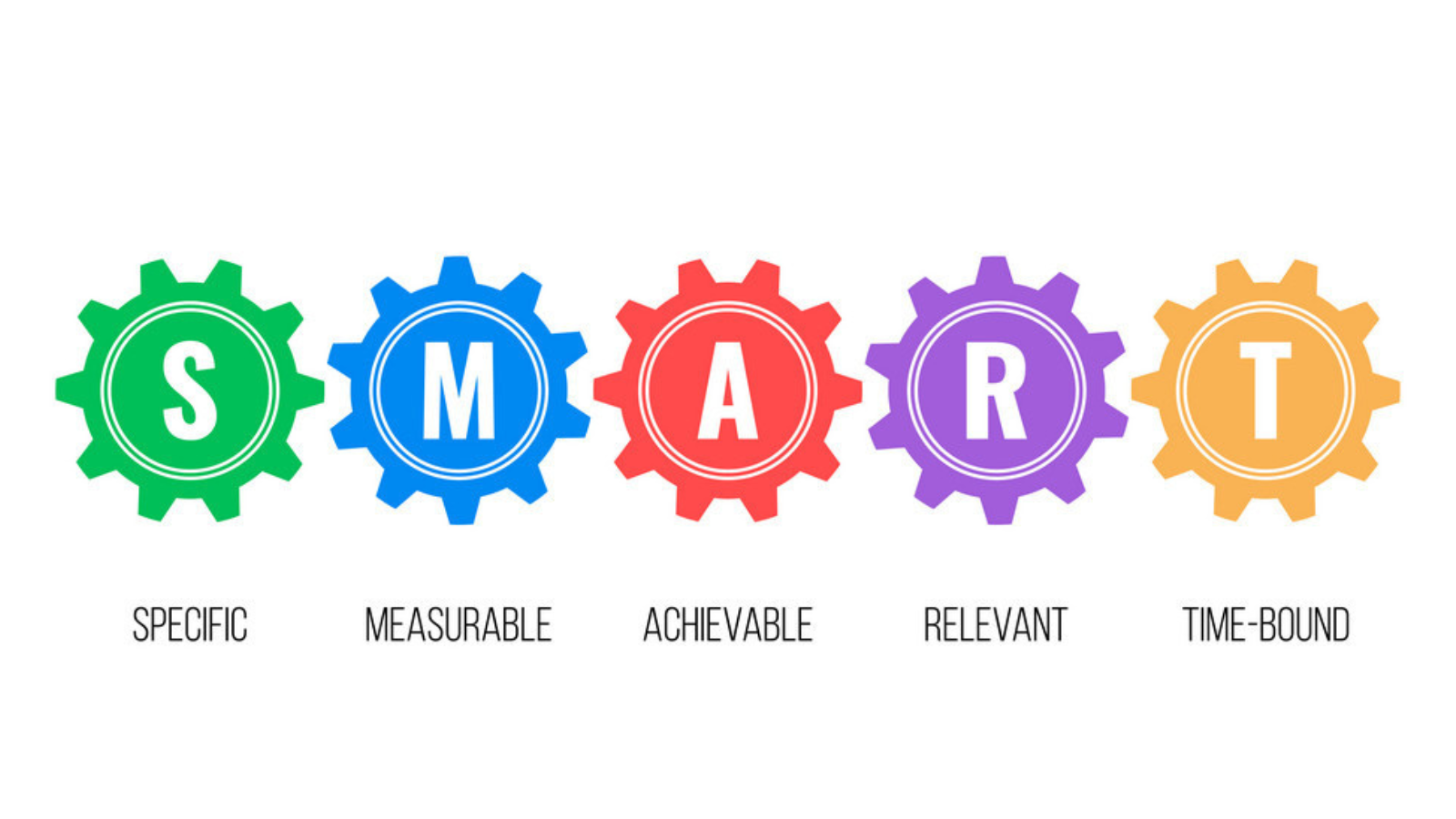
Getting and maintaining focus throughout a DMAIC process improvement project is key to success. Teams often get lost in the details or follow the data to interesting but irrelevant conclusions. Whether it’s selecting a baseline measure in the Define step, a significant problem in Measure, root causes in Analyze, countermeasures in Improve, and standardized solutions in Control, detours await those teams that don’t stay focused. A simple, but effective way to avoid these potential pitfalls is by applying the SMART approach and creating a SMART Statement at the conclusion of each step.
What is SMART?
SMART is an acronym that stands for Specific, Measurable, Achievable, Relevant, and Timebound. An Internet search will show variations for these words, but here’s one that can be operationalized and has proven effective for decades. The best way to demonstrate the integration of SMART with the DMAIC methodology is to apply it to an example. Let’s imagine that a Green Belt team has been selected to address the overall corporate annual employee turnover rate of 22% and leadership set a target of 15% to be achieved by June 30, 2024. This is a strategic issue which is aligned with corporate goal #3 which is to “Increase workforce capacity and capability”. Following is how SMART can be applied in the first three DMAIC steps:
Define
The team was assigned to reduce the overall corporate annual employee turnover rate.
- Specific: Overall Corporate Annual Employee Turnover Rate (Title of the baseline performance measure)
- Measurable: 22% (The current baseline performance level)
- Achievable: 15% (The target set by leadership or the key stakeholders)
- Relevant: Corporate Goal #3 – Increase workforce capacity and capability (Linkage to strategic goals or corporate KPIs)
- Timebound: June 30, 2024 (When the target will be achieved)
SMART Statement: Reduce the overall annual employee turnover rate from 22% to 15% by June 30, 2024, to impact strategic goal #3 “Increase workforce capacity and capability”.
Measure
The team analyzed the data and identified a significant problem driving the gap of 7 percentage points. The most significant problem was determined to be nurses who quit within the first 12 months of the hire date.
- Specific: Nurses who quit within the first 12 months of hire.
- Measurable: 53% (The current rate revealed through data stratification)
- Achievable: 10% (The target set by the team and its executive sponsor)
- Relevant: Overall corporate annual employee turnover rate of 22% (Linkage to the baseline measure in the Define step)
- Timebound: June 30, 2024 (When the nurse problem of 53% turnover within 12 months will achieve the targeted annualized rate of 10%)
SMART Statement: Reduce the percentage of nurses who quit within the first 12 months of hire from 53% to 10% by June 30, 2024. This will reduce the overall corporate annual employee turnover rate from 22% to 15%.
Analyze
The team identified and verified that the primary root cause was that the mentoring schedule of new nurses by team leaders was being maintained only 15% rather than the 90% target set by the CMO and COO.
- Specific: The mentoring schedule utilization rate for new nurses (The root cause)
- Measurable: 15% utilization (The current level)
- Achievable: 90% utilization (The target set by the CMO and COO)
- Relevant: Nurses who quit within the first 12 months of hire at an annualized rate of 53% (Linkage to the problem in the Measure step)
- Timebound: June 30, 2024 (When the root cause will be eliminated)
Impact analysis of the root causes indicated that if this root cause was eliminated, the target for the problem (in the Measure step) to be achieved.
SMART Statement: Increase the new nurse mentoring schedule utilization rate from 15% to 90% by June 30, 2024, to reduce nurse turnover within the first 12 months of hire from 53% to 10%.
As the team enters the Improve and Control steps, the same approach can be used to link the countermeasures developed in the Improve step and standardized solutions implemented in the Control step to the previous steps and ensure the demonstration, and sustainability, of measurable results. Using this approach will also help the team engage its audience when sharing its project with others.
